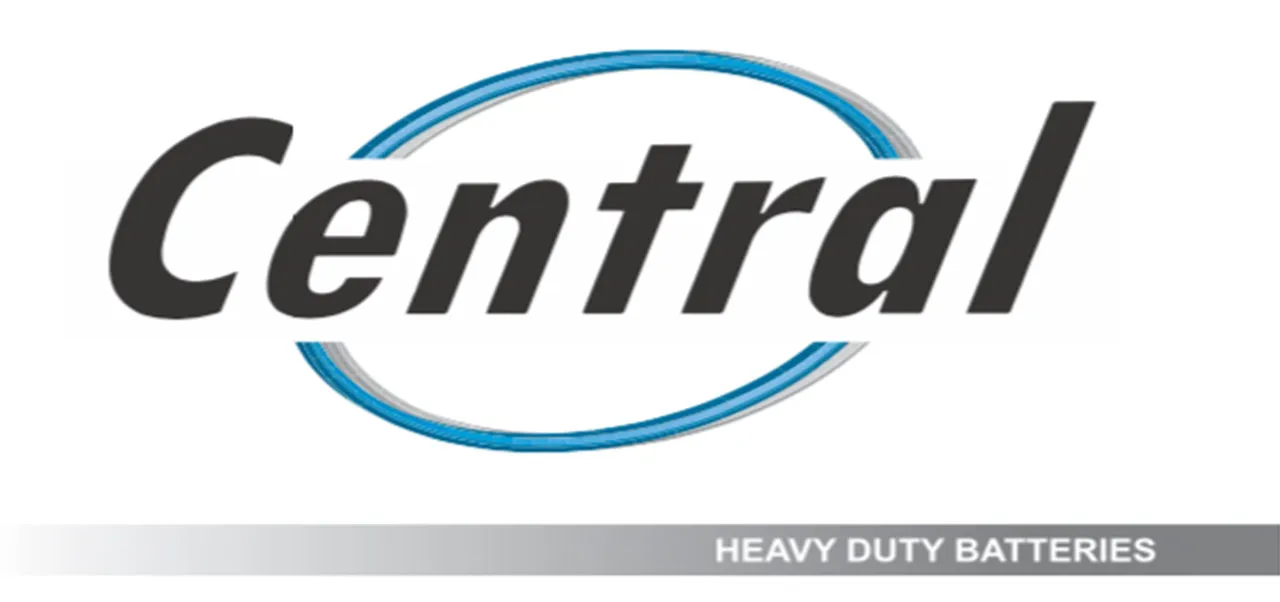5 Things To Check When Your Car Battery Dies Around Tuggerah Lakes
There’s nothing more frustrating than a car that won’t start, especially when you’re heading out for work or trying to get home after a long day. A dead battery doesn’t always mean the end of the road, though. Often, a few quick checks can tell you whether it’s just a flat battery or something more serious in your electrical system.
In this guide, we’ll walk you through the top five things to check when your car battery dies. From inspecting the terminals to understanding how the local coastal climate affects battery life, you’ll learn what to look for before calling for roadside help.
1. Don’t Panic: Start with a Simple Visual Check.
When your car won’t start, take a deep breath and pop the bonnet. Sometimes the issue is visible right away. A basic inspection can reveal loose terminals, corrosion, or signs of damage that are easy to miss at first glance.
- Check for corrosion: White powder around terminals can block power flow.
- Tighten connections: A slightly loose cable can prevent your battery from delivering current.
- Inspect for leaks or swelling: These indicate internal damage and mean the battery should be replaced immediately.
If you notice any of these problems, avoid forcing a start or jump-starting repeatedly, as it could make things worse. Most battery stores, including Central Coast Batteries Tuggerah Lakes, offer quick visual checks and on-site testing to confirm whether the battery can be salvaged or needs replacing.
2. Test the Battery Voltage Before You Assume It’s Dead
Not every “dead” battery is completely gone. Sometimes it’s simply undercharged after short trips or a few days of sitting idle. Testing the voltage is the fastest way to find out what’s really going on.
Use a multimeter to measure the voltage across the terminals. A healthy battery should read around 12.6 volts; anything below 12 volts shows it’s running low, while readings under 11.8 volts indicate it may not recover.
If you don’t have a tester handy, your local battery shop can check it for free. Their professional diagnostic tools can determine whether the issue lies with the battery itself or if another component, such as the alternator, is draining it. It’s a quick, accurate way to avoid replacing a battery that might still have life left.
3. Check for Electrical Drains You Might Not Notice
Sometimes the battery dies because something is quietly drawing power when it shouldn’t. Known as parasitic drains, these small electrical leaks can flatten a healthy battery overnight.
- Interior lights or boot lights left on without noticing.
- Phone chargers or dash cams plugged in even when the engine is off.
- Aftermarket alarms or trackers that use more current than expected.
If you’ve checked the terminals and voltage but the car still struggles to start, the problem may be an unseen power drain. Professional technicians can perform a parasitic draw test to identify what’s using power and how to fix it. This small step often saves you from buying a new battery unnecessarily.
4. Inspect the Alternator — The Hidden Culprit Behind Many “Dead” Batteries
If your car starts fine after a jump but dies again later, chances are your alternator isn’t doing its job. The alternator keeps your battery charged while you drive, so when it fails, your battery quickly runs flat.
Look out for these signs: dimming headlights, flickering dashboard lights, or a red battery symbol glowing after ignition. You may also hear a whining sound under the bonnet.
A battery store or auto electrician can test your
charging system alongside the battery. This ensures the real issue, not just the symptom, is identified and fixed. It’s the best way to prevent replacing a good battery when the alternator is actually to blame.
5. Evaluate the Age and Condition of Your Battery
Even with proper care, batteries wear out over time. Most last between three and five years, but Tuggerah Lakes’ salty air and coastal humidity can shorten that lifespan.
- Check the date code: Found on a small sticker — if it’s over three years old, consider a replacement.
- Look for physical damage: Cracks, bulging, or leaks signal it’s time for a new one.
- Notice any sluggish starts: If your headlights dim when starting or the engine cranks slowly, your battery may be nearing the end.
Regular battery health checks can save you from being stranded unexpectedly. A quick visit to your local Central Coast Batteries branch can confirm whether it’s still safe to rely on your current battery or if it’s time for an upgrade.
6. Consider Environmental Factors That Drain Power Faster
The Tuggerah Lakes region’s weather can be tough on car batteries. Heat and humidity accelerate internal corrosion, while cold mornings reduce a battery’s ability to deliver power. Salt in the air can also cause gradual damage to terminals and cables.
Drivers who take lots of short trips face another issue — the battery doesn’t get enough time to recharge fully between starts. That constant partial charging leads to sulphation, one of the main causes of premature battery failure.
Choosing a battery designed for Australian conditions can make a real difference. Modern maintenance-free automotive batteries are built to resist corrosion and withstand fluctuating temperatures, ensuring a longer lifespan and reliable performance all year round.
7. Know When It’s Time to Call the Professionals
If you’ve tried a jump-start and the car still refuses to start, or if it keeps losing charge even after driving, it’s time to get expert help. Repeated DIY attempts can sometimes damage sensitive electronics or cause sparks near the terminals.
Mobile battery technicians can come to you, wherever you’re parked. They’ll test your battery, check the alternator and starter motor, and install a replacement on the spot if needed. It’s a stress-free service that gets you moving again without waiting for a tow truck.
When the situation feels uncertain, professional testing is the safest and most efficient way forward, especially when your car dies unexpectedly around Tuggerah Lakes.
8. Get Back on the Road with a Reliable Replacement
If your battery is truly beyond saving, a replacement is quick and easy when handled by experts. They’ll match the right size, type, and power rating to your vehicle and driving habits.
Many modern batteries come with sealed designs, long warranties, and built-in protection against heat and vibration, features that make a big difference in coastal environments. Once installed, your new battery will start your car more efficiently and hold charge for longer, helping you avoid the same situation in future.
It’s not just about replacing what’s failed, it’s about fitting the right battery that can handle the local conditions and your lifestyle.
At Central Coast Batteries Tuggerah Lakes, we know how frustrating it is when your car won’t start — especially with the region’s coastal climate making battery care even more important. Our team offers fast, reliable battery testing, on-the-spot replacement, and mobile roadside service anywhere around Tuggerah Lakes and nearby suburbs.
Whether you need a quick check, a new battery, or full electrical testing, we’re here to help you get back on the road safely and quickly.
Visit us online at https://www.centralcoastbatteries.com.au/ or
call our Tuggerah Lakes team today to book a battery test or mobile replacement service, and drive confidently, knowing your vehicle’s power source is in good hands.



















